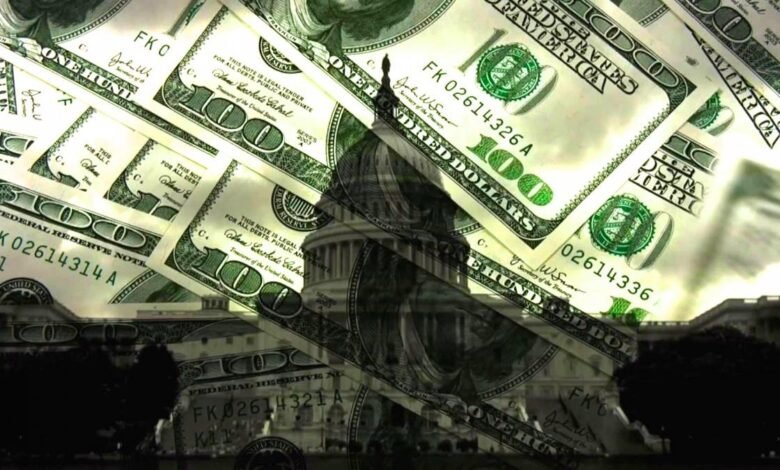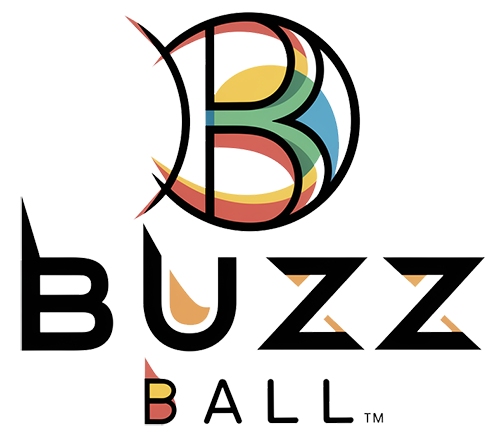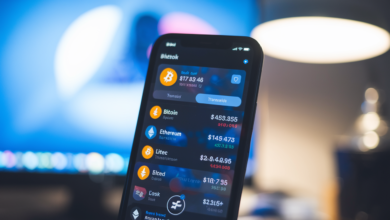
Introduction: The Dollar and My Morning Coffee
US Dollar Collapse: I don’t usually think about money until it runs out—you know, like when your card gets declined at the grocery store because you forgot to move cash from savings. But the other morning, while waiting on my usual black coffee at this little spot near my apartment, I heard two folks talking about how the “dollar might not last forever.” At first, I rolled my eyes—people love to throw around doomsday stuff. But then I started wondering… what if it really did? What would happen to the rent I pay every month? To the cash I’ve been trying to save for a used car? Even to something as small as the price of that steaming cup of coffee in my hands?
It sounds dramatic, yeah, but the thought of a US dollar collapse isn’t just some headline for economists—it’s a question that sneaks into the lives of regular people like me and you.
What Does “Dollar Collapse” Even Mean?
First things first: a dollar collapse doesn’t mean one morning you wake up and your $20 bill literally turns into Monopoly money. It means the value of the dollar falls so sharply that people stop trusting it as a stable currency.
Right now, the US dollar is the world’s reserve currency. It’s the safe bet, the big brother, the “we accept dollars anywhere” green ticket. But if confidence cracks—if foreign governments, businesses, or even Americans themselves decide the dollar isn’t worth what it used to be—that’s when collapse talk gets real.
Why People Worry About a Dollar Collapse
The National Debt Spiral
Let’s be honest, America spends like a college kid with their first credit card. Trillions in debt, and still swiping. As of 2025, the US national debt is over $34 trillion. The bigger the debt, the more fragile the dollar becomes. If creditors—like China or Japan—decide they don’t want to keep lending, things get messy.
Inflation and the Cost of Living
We’ve all felt it. Groceries are higher, gas prices swing like a mood ring, and that $1 menu at McDonald’s? Long gone. Inflation eats at the dollar’s value quietly, and when it spikes, confidence drops. If inflation spirals out of control, that could push the dollar toward collapse.
Global Shifts in Power
Countries like China and Russia have openly said they’d rather not rely on the dollar anymore. They’re experimenting with alternative trade currencies. If the world stops using the dollar to buy oil or trade goods, demand falls, and so does value.
Political Instability
You know how investors hate drama? Political polarization, government shutdowns, and chaos in Washington can shake trust in the dollar. And trust, more than anything, is what gives paper money its power.
What Would a Collapse Actually Look Like?
Here’s the part that keeps me up at night sometimes: the ripple effect. Imagine the dollar tanks. What happens?
- Skyrocketing Prices – Your rent, your gas, your eggs—all going up. A lot.
- Imports Become a Luxury – Since the dollar won’t buy as much abroad, products like iPhones, cars, even coffee beans get way more expensive.
- Savings Shrink – That $10,000 sitting in your bank account? Suddenly it might not stretch as far as it used to.
- Global Panic – Because the dollar isn’t just America’s currency—it’s the world’s. If it collapses, the ripple hits Europe, Asia, Africa… pretty much everywhere.
It wouldn’t be a single “boom” moment, but more like slow motion chaos.
Lessons From History
The Great Depression
Back in the 1930s, people lost faith in banks and money became tight. While not a total collapse, it showed how quickly panic can turn a stable system upside down.
Other Countries’ Collapses
Look at Venezuela or Zimbabwe. Hyperinflation destroyed their currencies. People carried stacks of bills to buy bread. While the US is much more stable, history teaches us that no currency is invincible.
The 1971 Nixon Shock
When President Nixon ended the dollar’s direct tie to gold, the world gasped. Suddenly, money was just… paper. Trust replaced gold. And trust, as we know, is fragile.
The Everyday American Angle
Let’s get personal. If the dollar collapses, what does that mean for us average folks hustling to pay bills, keep up with mortgage payments, or just enjoy a night out without breaking the bank?
- Savings Get Eaten Alive – That “nest egg” you’ve been saving? Inflation and devaluation could shrink it.
- Jobs Change – Export-based industries might boom, while import-heavy industries suffer.
- Lifestyle Shifts – Maybe we eat more locally, travel less abroad, and rethink “luxuries” that suddenly cost triple.
I imagine myself at the grocery store, staring at a $15 gallon of milk, wondering if I should just get a cow instead.
Factors That Could Prevent Collapse
Before you panic and stuff cash under your mattress, let’s remember: collapse isn’t inevitable.
The Dollar’s Reputation
Despite its flaws, the US dollar is still seen as the safest bet. When other countries get shaky, investors actually run to the dollar.
America’s Economic Muscle
The US still has the biggest economy, unmatched innovation, and a military that backs its global influence. That muscle props up the dollar.
Policy Adjustments
The Federal Reserve, love them or hate them, has tools to fight inflation and stabilize the dollar. They’ve pulled the emergency brakes before, and they can do it again.
How Can Regular Folks Prepare?
I’m not saying you should build a bunker and start trading gold coins at the farmers’ market. But a little prep never hurt.
- Diversify Savings – Don’t keep everything in dollars. Some folks use gold, real estate, or even crypto as backup.
- Cut Debt – If dollars lose value, debt payments can get nastier.
- Think Local – Supporting local food, energy, and products reduces reliance on imports.
It’s not about fear—it’s about being smart if things get rocky.
FAQs About the US Dollar Collapse
Q1: Is the US dollar really going to collapse soon?
Not overnight. While risks exist, the dollar is still strong globally. A collapse would likely be slow and gradual, not sudden.
Q2: Would my savings be safe in a bank if the dollar collapsed?
The money would still be there, but its value could shrink. Think of it as having the same number of dollars but less buying power.
Q3: What should I invest in if I’m worried about a collapse?
Many people diversify into gold, real estate, or stable foreign currencies. But there’s no one-size-fits-all answer—talk to a financial advisor.
Q4: How would daily life change if the dollar lost value?
Prices for imported goods would soar, savings would stretch less, and the economy might push people toward more local, self-sufficient lifestyles.
Final Thoughts: A Latte and a Lesson
So, back to that coffee shop line I mentioned earlier. When I finally got my latte, I realized something: we’re all just trying to make sense of this wild financial world. The truth is, the US dollar collapse isn’t guaranteed, but the possibility teaches us something important—don’t take stability for granted.
For decades, Americans have assumed the dollar is rock solid, untouchable. But history whispers otherwise. The takeaway? Stay informed, stay prepared, and don’t panic.
Because whether it’s the price of lattes or the cost of living itself, money is only as strong as the trust we put in it. And trust, my friends, is the most fragile currency of all.




